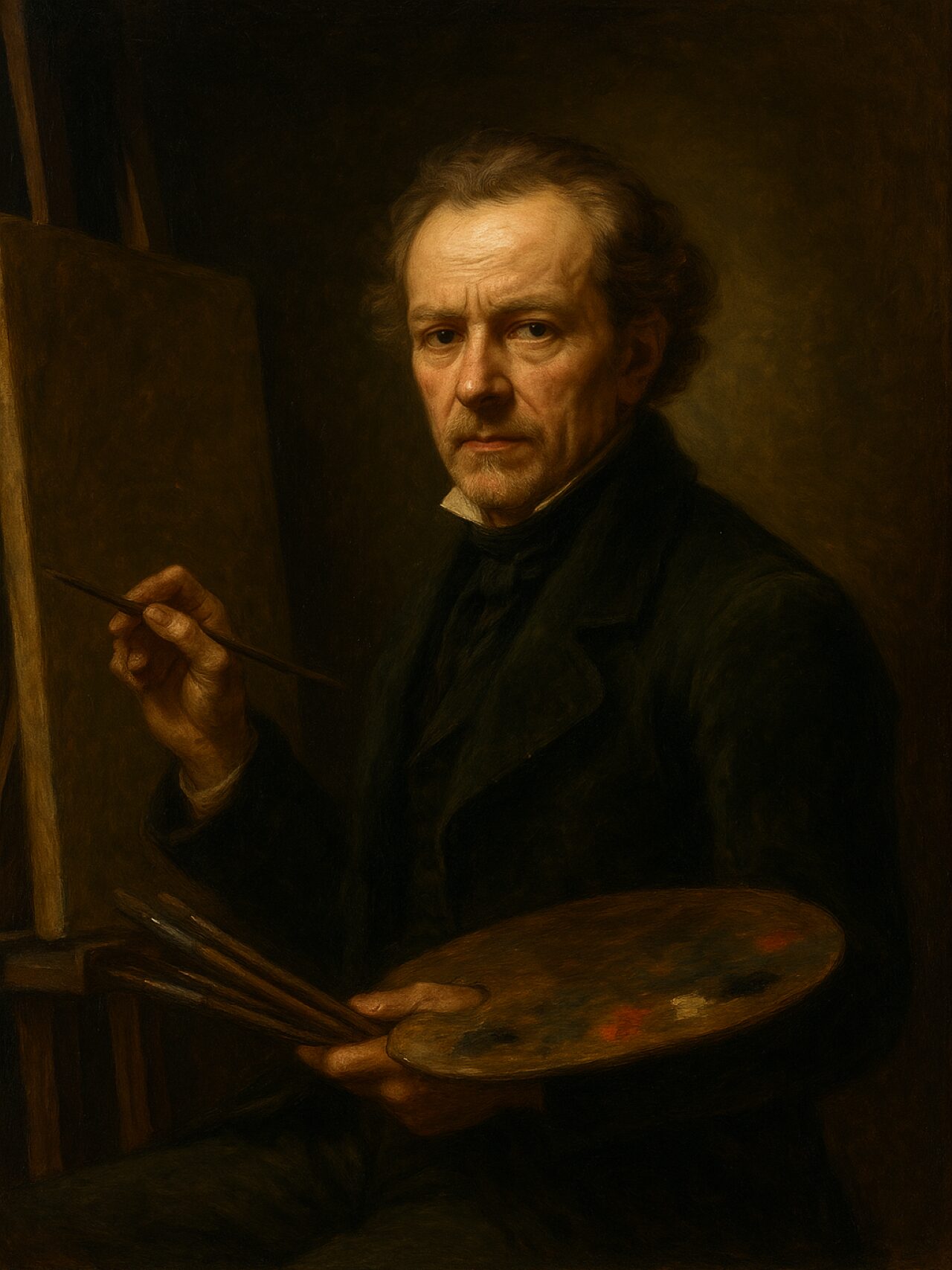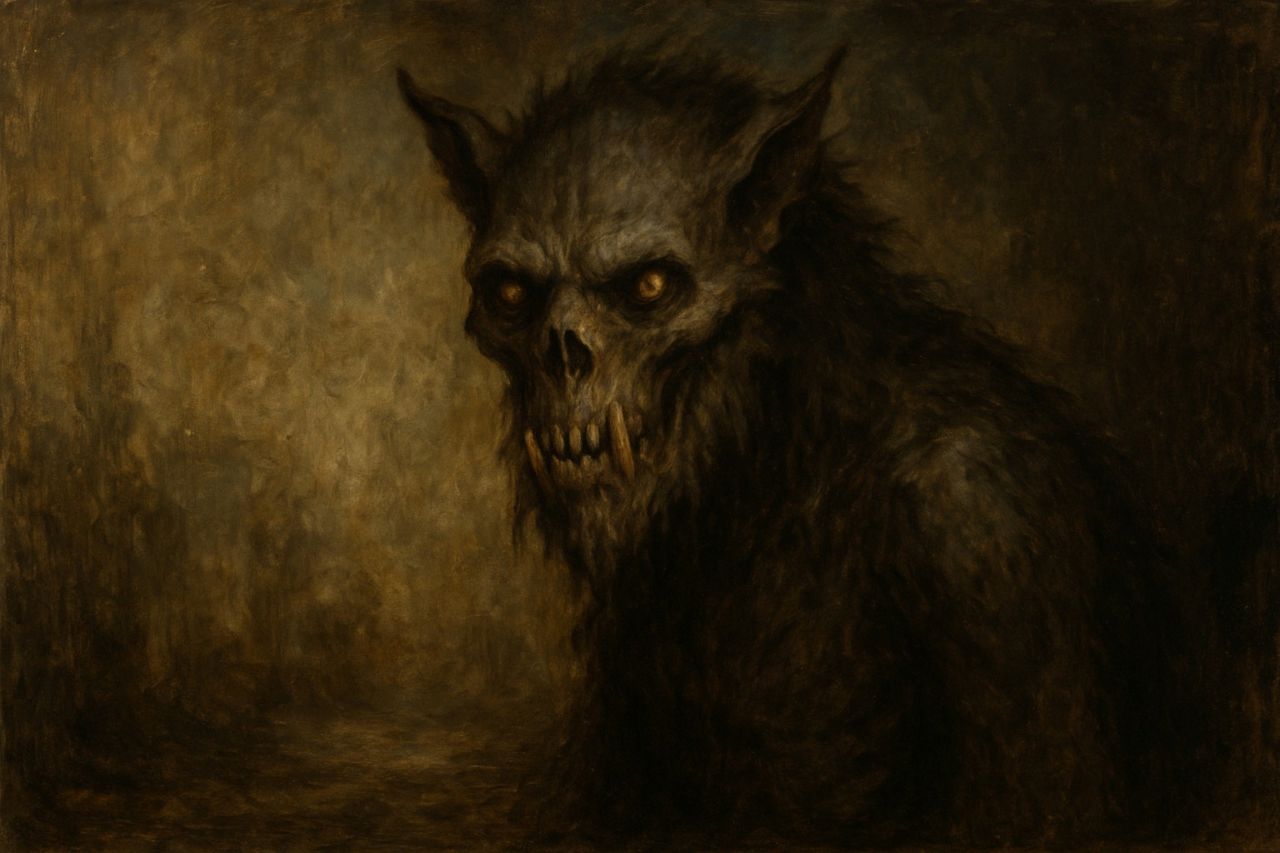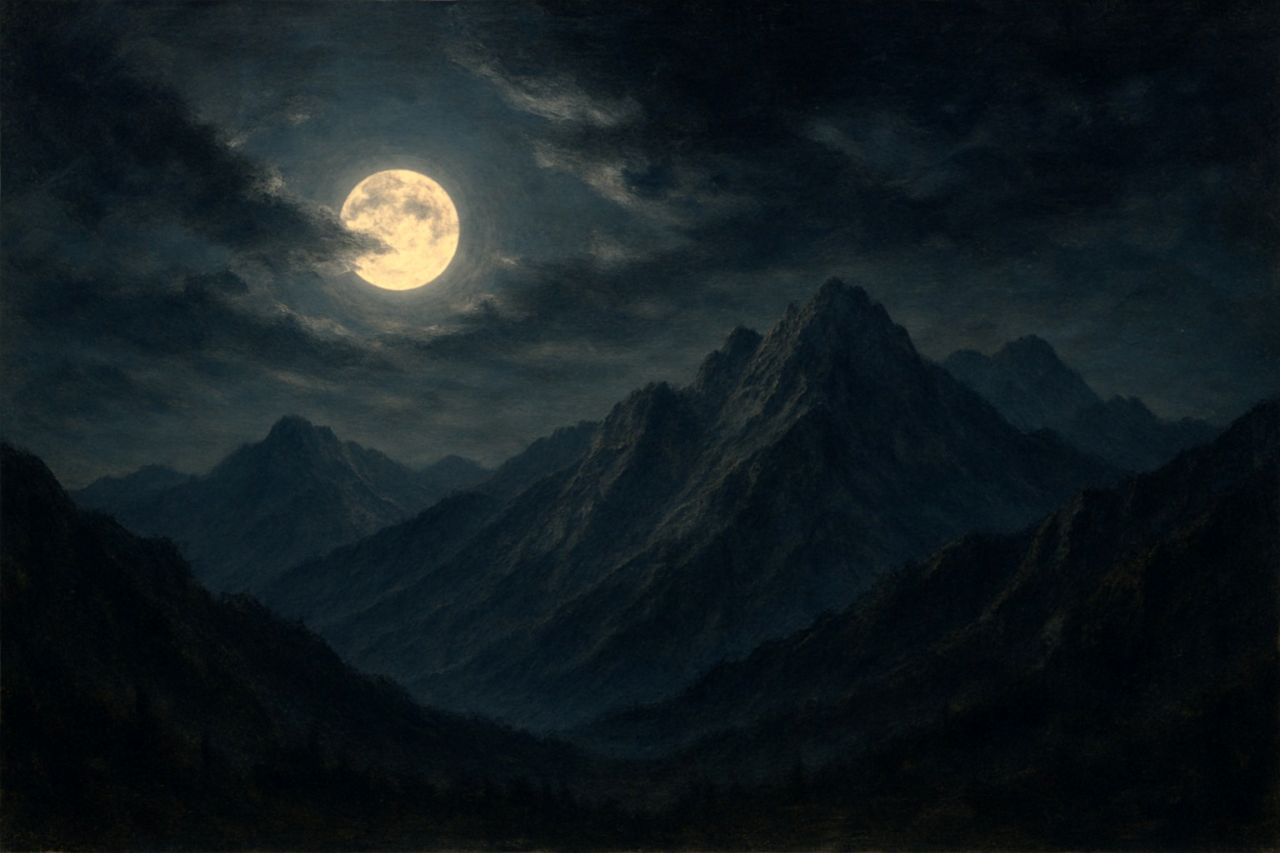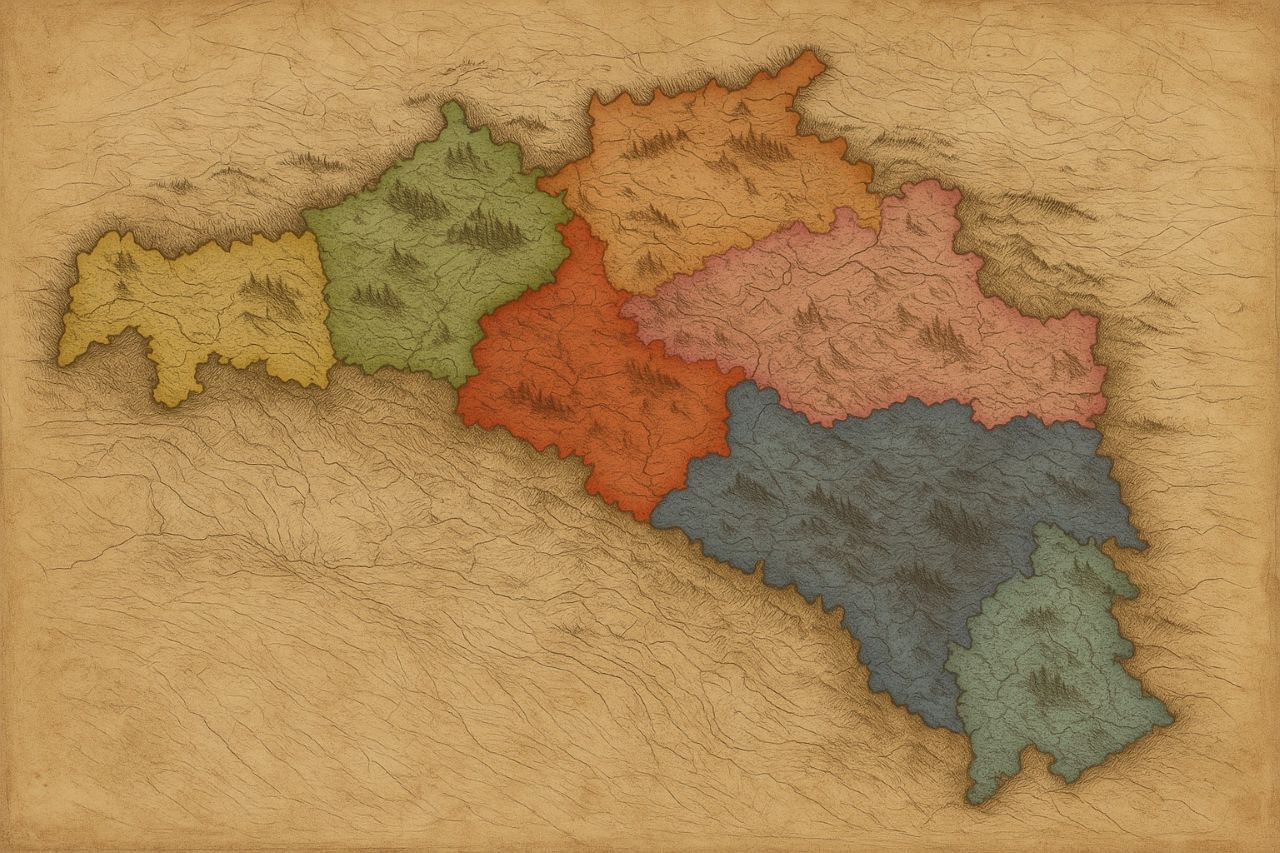❧ From the Archives of the Chancellery of the Order of Vulgarian Knights ❧
Johann Heinrich von Sternwald (1782–1856) stands among the most esteemed figures in the artistic annals of the Arch-Principality of Vulgaria. A master of his craft and custodian of a vanishing age, von Sternwald served as principal court painter during a time of profound transformation, capturing in oil the last flickerings of feudal grandeur and the solemn stirrings of romantic nationalism. Born to a minor noble family in the frontier city of Königsbruck, he received his formal instruction in the imperial ateliers of Vienna, studying under the venerable Anton Hickel before returning eastward to the shadowed marches of his homeland.
In the year of 1817, at the behest of His Serene Highness the Arch-Prince, von Sternwald commenced what would become his life’s great labour: a visual testament to the chivalric spirit and enduring mystery of the Vulgarian realm. Over the ensuing decades, he executed more than thirty grand canvases—works of such splendour and subtlety that they came to define the very aesthetic of the principality. Of these, four masterpieces, held today in the National Gallery of Lembergrau, are most frequently invoked in tones of reverence:
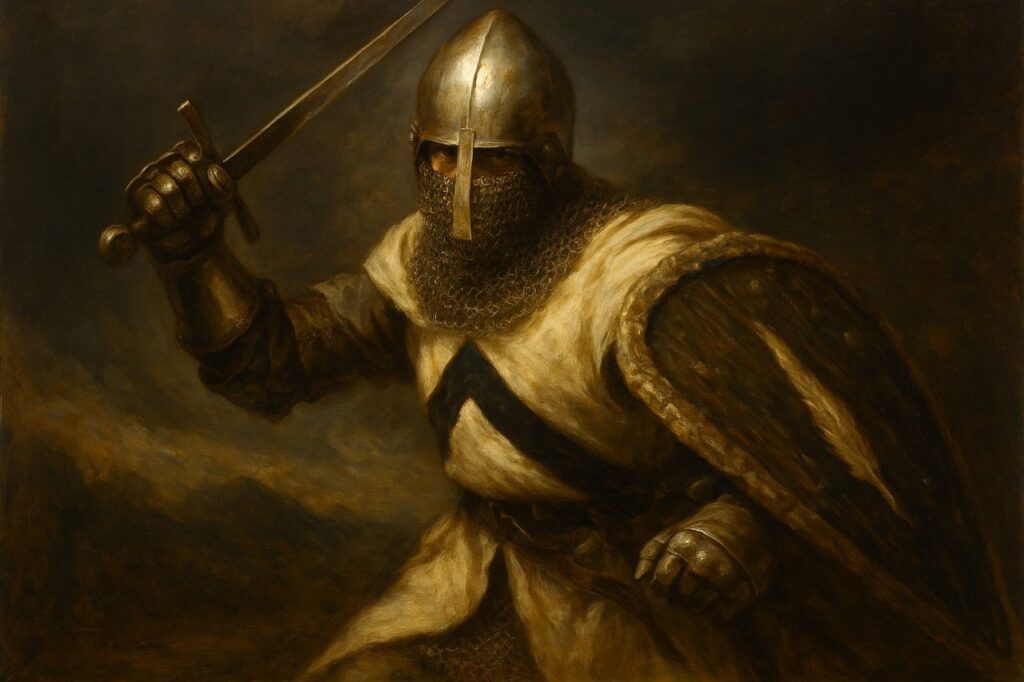
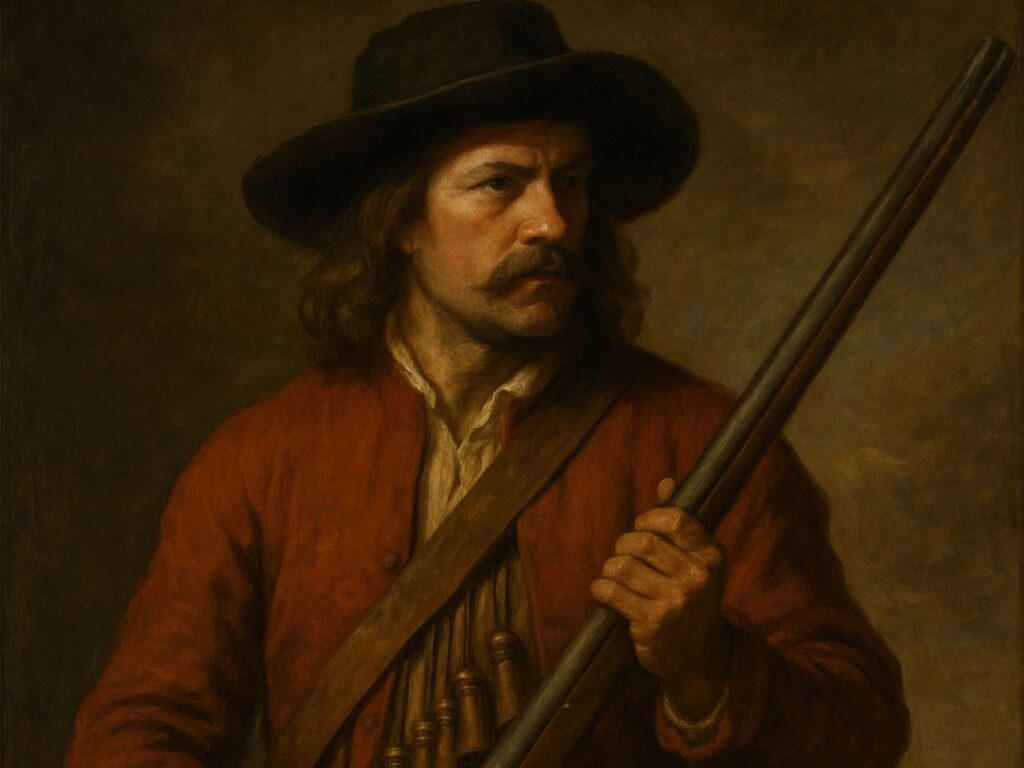
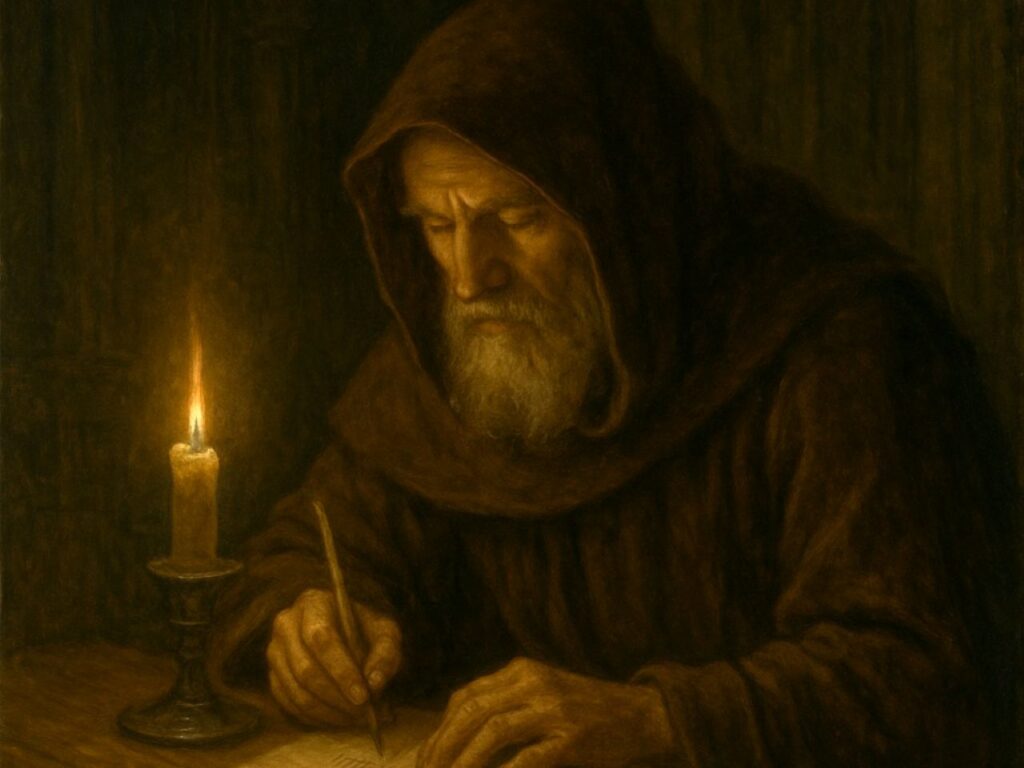
The Vulgarian Knight (1821)
Here we behold a solemn sentinel of the Order, clad in full ceremonial panoply, framed against a brooding Carpathian expanse. The figure, though armoured, is no mere idol of might; his aspect speaks of vigil and burden, his countenance tempered by duty. Von Sternwald’s handling of light is nothing short of sublime—the faint gleam upon steel, the smouldering twilight that gilds the peaks beyond—all converge to evoke a martial sanctity, austere yet radiant.
A Vulgarian Fusilier, Seventeenth Century (1834)
In this martial reverie, von Sternwald renders with scholarly precision the likeness of a Free Company soldier from the tumultuous age of the Thirty Years’ War. The subject, arrayed in the crimson and sable of the Vulgarian regiment, advances mid-step across an unseen field, his musket borne upon the shoulder, his eyes fixed upon some distant resolve. The painting is notable for its fidelity to archival sources, yet breathes with uncommon vigour—a history made flesh.
The Studious Monk (1846)
A departure from the martial and the grand, this quiet meditation captures a hooded scribe deep within the Collegium’s ancient scriptory. Illuminated by the flickering flame of a solitary candle, the monk—believed by some to be Brother Otto of Marienhain—stoops over his vellum with contemplative grace. Surrounding him: tomes, inkwells, and the sacred detritus of scholarship. The work is cherished for its restraint, its quiet dignity, and its invocation of the interior sanctum of thought.
Self-Portrait Before the Easel (1852)
Painted just four years before his death, this introspective canvas reveals von Sternwald in the waning light of his atelier, palette in hand, gazing outward with a countenance at once weary and wise. He is portrayed neither in grand regalia nor youthful flourish, but as a man etched by years of devotion to craft and country. The backdrop—a glimpse of unfinished works, heavy drapery, and a half-burnt taper—serves as a memento of artistic toil. It is a testament not merely to the artist’s visage, but to the inward fire that sustained him across five decades of faithful labour.
Von Sternwald’s atelier would train a generation of artists who, though divergent in style, carried forward his reverence for form, history, and the ineffable. His legacy remains enshrined not only in canvas but in bronze: a statue of the master presides in hushed dignity over the Great Dome of Lembergrau, where his gaze—eternal, pensive—meets that of every pilgrim who seeks communion with the noble past.
